Global economic prospects and challenges for South Asia: Cooperation is the key
The policy dilemmas which the economies of South Asia face call for collective thinking, although each country may have to pursue its own strategy, writes Partha Pratim Mitra for South Asia Monitor

The global economy, already reeling under the compounding impact of the damage from the Covid-19 pandemic and Russia’s war on Ukraine, now faces slowdown which could become a protracted period of feeble growth and high inflation or stagflation for middle- and low-income countries. This is the assessment of the World Bank’s Global Economic Prospects report released recently.
Global growth is expected to fall from 5.7 percent in 2021 to 2.9 percent in 2022 -- significantly lower than 4.1 percent anticipated in January this year. It is expected to hover around this figure in 2023-24 as the war in Ukraine disrupts activity, investment and trade in the near term, as pent-up demand fades and fiscal and monetary policy accommodation is withdrawn by central banks. As a result of the twin damage of the pandemic and the war, the level of per capita income in developing economies will be nearly 5 percent below its pre-pandemic trend.
The current situation, the World Bank says, resembles the 1970s in three important ways: persistent supply-side disturbances fueling inflation, preceded by a protracted period of highly accommodative monetary policy in major advanced economies, prospects for weakening growth, and vulnerabilities that emerging market and developing economies face with respect to the monetary policy tightening that will be needed to control inflation.
Ukraine war
The World Bank report also offers fresh insights on how the Russian war’s effects on energy markets are impacting the global growth outlook. The war has led to a surge in prices across a wide range of energy-related commodities. Higher energy prices will lower real incomes, raise production costs, tighten financial conditions, and constrain macroeconomic policy, especially in energy-importing countries.
In the South Asian region, spillovers from rising commodity prices, higher borrowing costs, and weaker external demand are significant. In India, the recovery is getting affected by accelerating inflation. Rising inflationary pressures led to an unscheduled policy interest rate hike last month and may continue to do so in the near future. In some other countries of the region, activity has been mixed, with a stronger-than-expected recovery from the pandemic helping to boost growth in early 2022 in Bangladesh and Pakistan.
In Sri Lanka and Afghanistan, however, conditions are extremely difficult. Sri Lanka faces at this critical juncture a dual balance of payments and sovereign debt crises. In Afghanistan, despite increased international humanitarian support, the economy has faced extreme hardships. Most households do not have sufficient incomes to cover their basic needs.
Rising food and energy prices have resulted in a rapid increase in consumer inflation in the region as do many parts of the globe.
South Asia
The outlook for growth in South Asia is forecast to decelerate to 6.8 and 5.8 percent in 2022 and 2023 respectively following a robust 7.6 percent rebound in 2021. The revisions to growth reflect the expected erosion of purchasing power of consumers, elevated uncertainty and weaker external demand.
In India, growth is forecast to come down to 7.5 percent in fiscal year 2022-23 due to rising inflation, supply chain disruptions and geopolitical tensions offsetting the buoyancy in the recovery of services and consumption demand from the pandemic. Growth will also be supported by both private and public fixed investment, supported by government incentives and reforms to improve the business climate.
In Pakistan, growth is expected to come down from 5.7 percent in FY 2020-21 to 4.0 percent in 2022-23 as foreign demand slows significantly and policy support is withdrawn to contain external and fiscal imbalances. In Bangladesh, growth is forecast to remain around 6.4 percent in FY 2021-22, as pent-up demand subsides, before picking up to 6.7 percent in 2022-23 with a recovery seen in investment and rise in remittance inflows. The outlook for Sri Lanka remains highly uncertain and subject to significant downside risks.
Bleak scenario
The South Asia region consumes about one-fifth of its calories from wheat products, houses more than one-third of the global poor, and food accounts for a significant share of its consumption basket compared to other emerging and developing economies. Rising energy prices, in a region which is highly dependent on energy imports and in some economies where large shares of government budgets go to subsidies, could further pose economic challenges, worsen current account positions, and divert resources away from productivity-enhancing investment and social protection.
Prof Joseph Stiglitz, a Nobel laureate and a notable authority on analyzing global macro-economic trends, has stated that the recent meeting of the World Economic Forum held after two years was significantly different. It, however, did not bring out the past mistakes of globalization but instead was primarily concerned with globalization’s present failures resulting from disrupted supply chains, food and energy price inflation and an IPR regime that created global vaccine inequality that left only few companies earning rich profits.
The problems, according to Prof. Stiglitz, are deep-rooted, caused by a change in the mindset of countries that a globe without national borders no longer presently exists and that national borders for economic policies is very much the order of the day. Such a shift in the mindset of countries has clearly divided the world in a rich and poorer block, and unless these basic contradictions are resolved, it would be difficult to get out of the present crisis.
Fragile economy
The report of the UN Global Crisis Response Group On Food, Energy and Finance released on June 8 stated that after two years of fighting Covid-19, the world economy has been left in a fragile state and 60 percent of workers have lower real incomes than what they got before the pandemic; 60 per cent of the poorest countries are in debt distress or at high risk of it; developing countries require $1.2 trillion per year to fill the social protection gap, and $4.3 trillion is needed annually to meet the UN Sustainable Development Goals (SDGs). The ability of countries and people to deal with adversity has therefore also been eroding.
The report further states that countries and people with limited capacity to cope are the most affected by the ongoing cost-of-living crisis which has three main transmission channels: rising food prices, rising energy prices, and tightening financial conditions. Each of these elements can have important effects on its own or together, creating vicious cycles. For instance, the report points out that the net impact of high fuel and fertilizer prices increase farmers’ production costs, which may result in higher food prices and lower farm yields.
As a result, household finances could get squeezed, raise poverty, erode living standards, and fuel social instability. Higher prices in turn increase pressure to raise interest rates, which increase the cost of borrowing of developing countries while devaluing their currencies, thus making food and energy imports even more expensive. This is a situation many countries in South Asia are now facing.
Challenges
Most of Asia’s emerging and developing economies are net importers of oil, gas and metals, which makes them particularly vulnerable to rising global commodity prices. This implies a deterioration in their terms of trade -- a measure of prices for a country’s exports relative to its imports -- will likely reduce growth, weaken currencies and worsen current-account balances. High food and fuel costs also add to inflation pressures, where they make up a large share of consumer spending.
The policy dilemmas arising out of a global economic situation caused by disruption of supply chains, rise in energy and metal prices and divided geo politics has left very little space for collective world economic thinking, None the less, in broad terms, there is some consensus that fiscal policy should aim to protect the vulnerable from rising food and fuel prices, preferably through targeted assistance in a framework for medium-term fiscal consolidation. There is also a consensus that monetary tightening will be needed in most countries including those of South Asia with the speed and alacrity depending on domestic inflation developments and external pressures.
The solution lies in the need to bring preparedness for threats, known or unknown, into the mainstream of public policy and collective thinking. Funding of projects for economic and social revival, particularly in the areas of health and education would require investments. It has been suggested that to fund these investments public-private collaboration would be required on a scale never before adopted as public sector finances will not be able to meet these needs on their own.
While debt-servicing costs will take an increasing share of government revenues, governments in the advanced world have also declared what is called as the end of the “peace dividend” that had prompted many of them to spend less on defense over several decades.
The policy dilemmas which the economies of South Asia face call for collective thinking, although each country may have to pursue its own strategy depending upon the situation it faces. But the all-encompassing issues of supply chain disruptions, food and energy security and ensuring a sustainable development path for maintaining the lives and livelihood of citizens will require common goals and agenda for the region where cooperation will have to be the key word.
(The writer is a retired Indian Economic Service officer. Views are personal, He can be reached at ppmitra56@gmail.com)





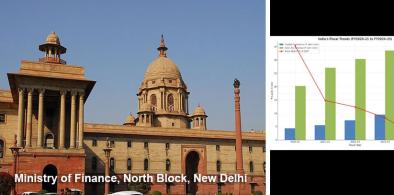

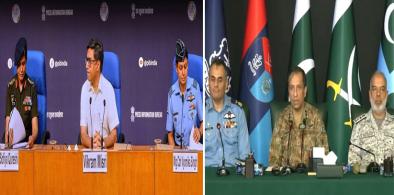
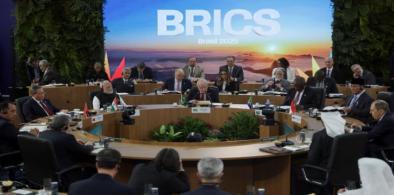
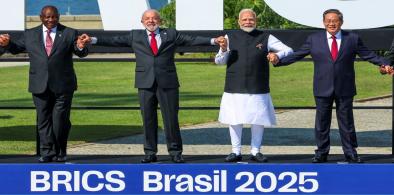
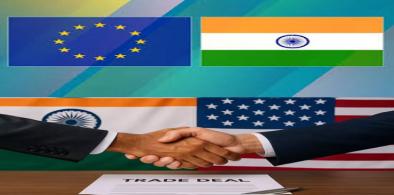
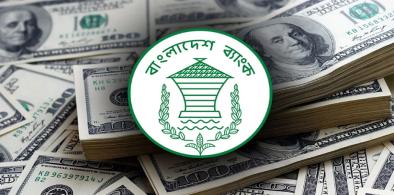
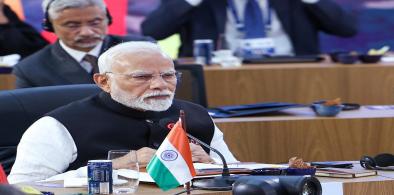







Post a Comment